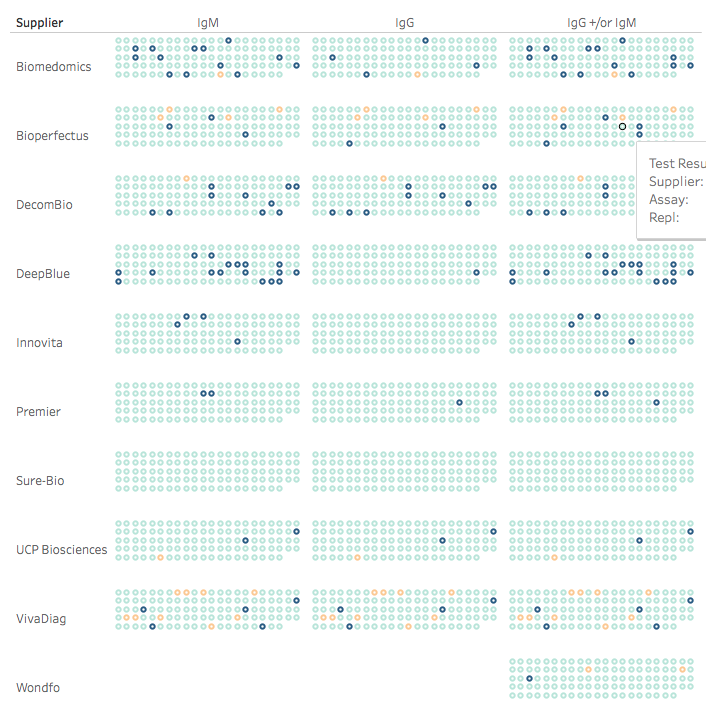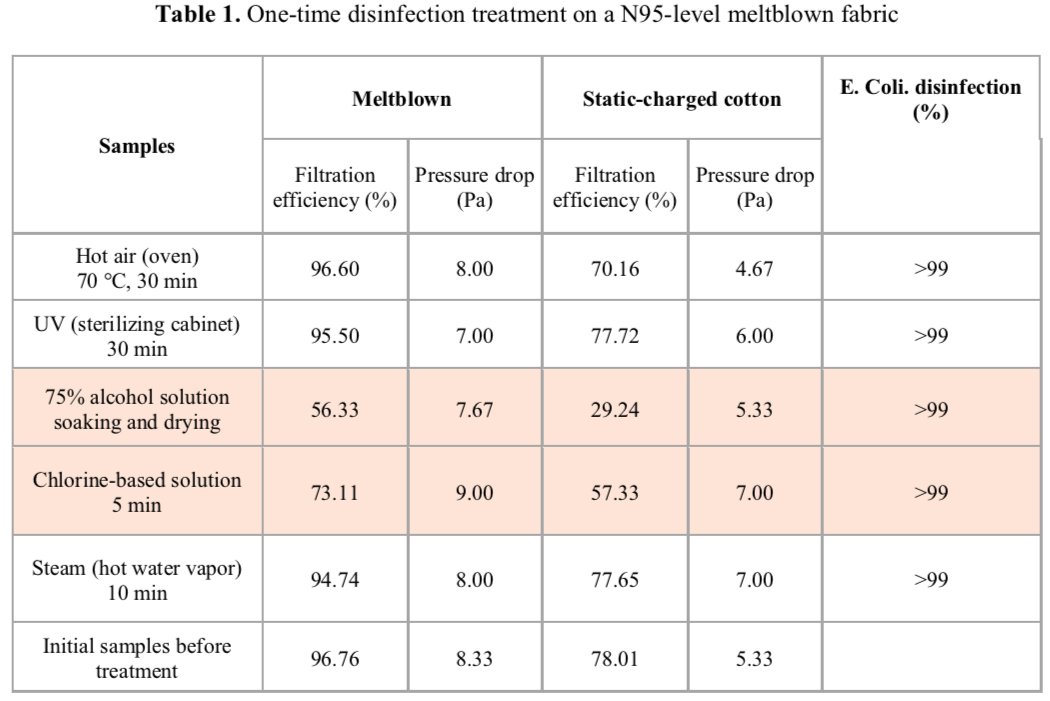
Fellow academics, when are we going to start fixing our urgent structural problems that strain family bonds and present ongoing barriers to diversifying our educational and scientific leadership? You wonder, what the heck is this guy talking about?
1/n
1/n
We’re all very familiar what I am talking about, actually: the impossibility for most academics in the life sciences to do their jobs in a reaonable amount of time, due to more and more demands on writing grants, and to a lesser degree, papers.
2/n
2/n
As of yesterday I hadn’t intended to write about this subject, but was wondering as I finished a Saturday of straight work, what happened to all my time? Why has WFH not reduced my pile of tasks to do? Instead why is my to-do list growing bigger and bigger?
3/n
3/n
I decided to figure out how much time our jobs actually require. I estimated per year (m=month, w=week, d=day, h=hour):
Teaching: 20h/w x 20w = 400h
Meetings of all sorts: 10h/w x 48w= 480h
Replying to email: 2h/d x 365d = 730h
Attending and giving talks: 2h/w x 50w = 100h
4/n
Teaching: 20h/w x 20w = 400h
Meetings of all sorts: 10h/w x 48w= 480h
Replying to email: 2h/d x 365d = 730h
Attending and giving talks: 2h/w x 50w = 100h
4/n
Papers: If each person needs 2 papers during a 5y stint, and you run a 7.5-person lab, then you need 7.5 papers per 2.5y = 3 papers/y. Throw in a review and it’s 4 papers. If you need 15d at 8h/d per paper, that’s 480h writing papers.
5/n
5/n
And now for the biggie: A lab of 8 needs ~1 new grant a year (say avg 4y duration, 2 people/grant). Writing each grant needs 15d x 8h/d = 120h. And here’s the problem: Funding rates are ~15%. We apply 7 times to get awarded once. So that’s 840h a year for grant-writing.
6/n
6/n
Oh let’s not forget about twitter. Say 4h/w x 52w for reading and writing tweets = 208h. Although I just spent 4h composing this thread, so maybe that's an underestimate.
7/n
7/n
So the grand total is 3234h a year. Nominally, full-time is 48w at 40h/w (2w vacation, 1w worth of holidays) or 1920h. So we are at 168% of full-time work. If we take holidays/vacations, that’s 13.4h per day, or 9am-10:30pm without breaks! Or we could work 9h x 365d a year.
8/n
8/n
So then when do we take care of children, or exercise, or see relatives and friends? Obviously we make it work, but we do it by emailing during meetings, or writing suboptimal grants, or working while seeing family, or sleeping less etc. All not good.
9/n
9/n
What is obviously the most ridiculous thing here is the time devoted to rejected grants. 720h a year is spent on writing rejected grants. That’s 38% of our nominal 40h workweek just vanished for nothing.
10/n
10/n
Some say grant rejections help you do better science. But 1 rejection is enough to point out any flaws in the proposal. The other 5 rejections don't help. Indeed they definitely make your science worse, by taking away time to advise, design, and interpret experiments.
11/n
11/n
A related situation plays out in paper-writing. The average paper is probably rejected from one journal then submitted to another, revised before acceptance, then revised again afterwards. I included all those times in the 15d per paper (probably conservative).
12/n
12/n
So a lot of time is also spent responding to unnecessary requests but it’s not as bad as grants. You know the paper will get published somewhere and you have the ability to send to a less selective journal to reduce revision requests.
13/n
13/n
Now how does this relate to diversity? First, females outnumber males in life sciences all the way to postdoc, then numbers drop going to professorships and at tenure. Identified factors include discriminatory evaluations and time/competing demands.
14/n
14/n
The influence of competing demands is well documented in studies such as the one below showing 43% of women leave science when they give birth to their first child, vs 23% of men. nature.com/articles/d4158…
15/n
15/n
In the searches in which I’ve participated, females have applied to and have been offered jobs overall at similar numbers to males. I think we’re making progress there. But fixing the discrimination issue does nothing to fix the issue of competing demands on time.
16/n
16/n
Indeed to the extent that competing demands were used to justify discriminatory attitudes (e.g. people who won’t hire females out of fear they will take time off to raise children), fixing the time issue can also have benefits in reducing discriminatory attitudes.
17/n
17/n
Also I’d guess members of socioeconomically disadvantaged groups report more demands on their time (e.g. sick family members), which could hurt minority advancement and retention. But it would be nice to get more data here.
18/n
18/n
The detrimental effect of 24/7 work on at least gender balance has been well covered, for example in this article:
nytimes.com/2015/05/31/ups…
19/n
nytimes.com/2015/05/31/ups…
19/n
Furthermore, full financial support for full-time childcare would help even the playing field between genders and socioeconomic backgrounds. While this is may be unrealistic for the US overall currently, some private universities should be able to do this.
20/n
20/n
In short we will lose good people to attrition if we don’t fix the issue of time vs competing demands. Basically as long as human beings require other human beings for birth and nurturing and care, peopie are going to have competing demands on our time.
21/n
21/n
So what is a reasonable amount of time for work to take? If we made people only apply twice for each one grant they get, that would still allow for useful feedback without all the wasted time. That would save 600h a year, or about 2h a day, of work.
22/n
22/n
Wouldn't we love to have those 2h, to spend with family, or exercise, or look at our own experiments more carefully, or read some interesting papers. That brings down the total to 2634h a year, still 37% over the nomimal full-time work, but that’s a lot better than 68% over.
23/n
23/n
It’s funny; in academia most of us hold progresive views toward labor. We just spent 150y figuring out that making people work > 40h/wk, is inhumane and unsafe. But we’ve created a system where we force ourselves to work 70h/wk, and half of the overtime isn’t productive.
24/n
24/n
When I started investigating time disappearance, I didn't mean to make a bigger comment on academia and diversity. But my conclusion is the system is broken and we need to change our grant system somehow. I'd like to know what others think. Am I barking up the right tree?
n/n
n/n
• • •
Missing some Tweet in this thread? You can try to
force a refresh





